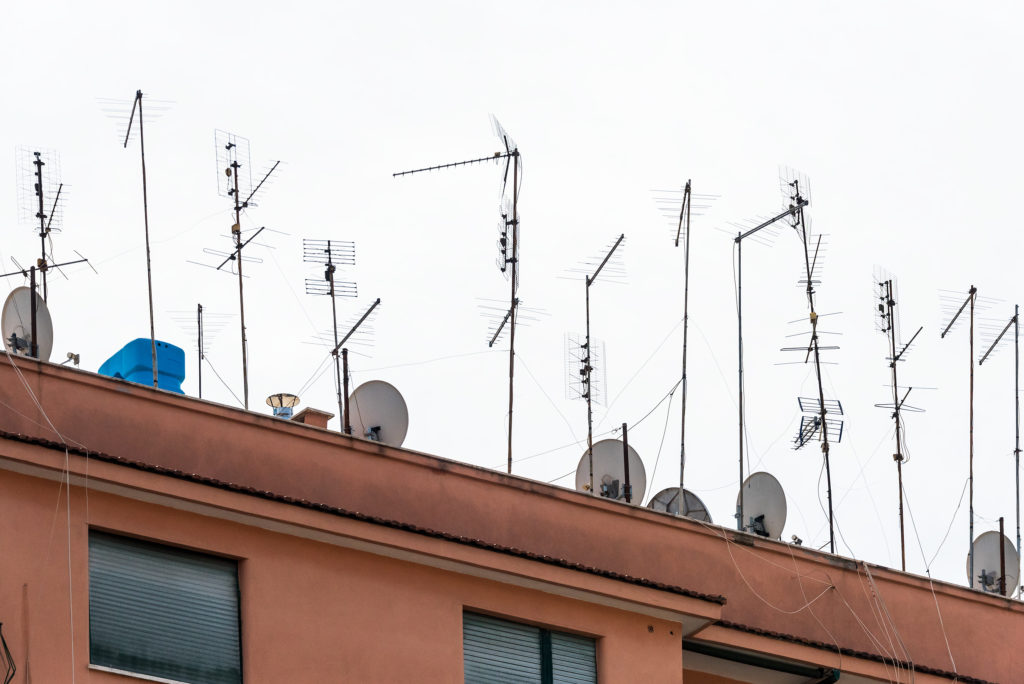By Kish Rajan
Imagine setting out to be a wedding photographer or a dog trainer as little as 10 years ago. These kinds of jobs required enormous effort to get off the ground. Often people working as sole proprietors had to not only be great at their jobs, they had to be marketers and book keepers as well. It was enough of a barrier to keep plenty of people in unfulfilling, and often low paying, jobs.
Today that’s changing. Platforms like Thumbtack give these kinds of professionals a digital space where they can easily start their businesses. Thumbtack brings the customer leads to the pros and then facilitates payments handling both the marketing and the book keeping.
That means that people who might have previously been afraid to follow their dreams can now start their own businesses. People in dead-end jobs can find ways to forge their own path.

Postmates is having a similar effect in the restaurant industry.
A decade ago, starting a small bakery or restaurant was an almost insane endeavor. Margins at food businesses are notoriously thin and while the right location can get you plenty of foot traffic, it can also cost more than many budding entrepreneurs can afford.
With Postmates, a small, out of the way restaurant has as much of a chance to thrive as one in a better location. As long as a Postmates driver can get there, the restaurant can attract online diners who want food delivered to their homes.
We hear a lot about how automation is hurting jobs but we hear a lot less about how technology is helping people who are building businesses in the service industry. This is a regular topic of discussion between the tech industry and members of the California Legislative Technology and Innovation Caucus.
The truth is that the nature of work has been changing for many years—long before companies like Uber and Airbnb came along. While layoffs were once a big problem for people who worked in manufacturing, today more people are quitting than getting fired. While politicians might bluster about returning to a mid-century economy, workers on the ground are quickly adjusting to the new reality.
What are often called gig economy companies are making up the difference. I prefer to call this sector the personal enterprise economy because what it’s really doing is giving everyone, no matter what your skill, a new way to build a business.
On Thumbtack, for example, two-thirds of the professionals on the platform work full time. That means these aren’t people scrambling to make ends meet from a second job. They are entrepreneurs who have built their own businesses often doing what they love. The service is available in all but one county in the United States making it a truly democratizing force.
These new technology platforms are giving people new ways to work and creating new opportunities. To pretend they are actually the forces destroying jobs is misread the tea leaves.
But we can do more to help people in this new economy succeed.
As we move into the future of work, government and businesses need to think about how to help workers succeed in the new economy. Benefits need to be decoupled from corporations. Licensing should not be tied to a specific small municipality. Professionals should be able to easily ply their trade across country lines. And training and retraining need to become high priority.
We are just at the beginning of this conversation but it’s crucial that we continue talking—and listening to new perspectives. That’s why tomorrow, CALinnovates, along with TechNet, Senator Cannella and Assemblymember Gray, is hosting the inaugural Valley to Valley Forum at UC Merced.





